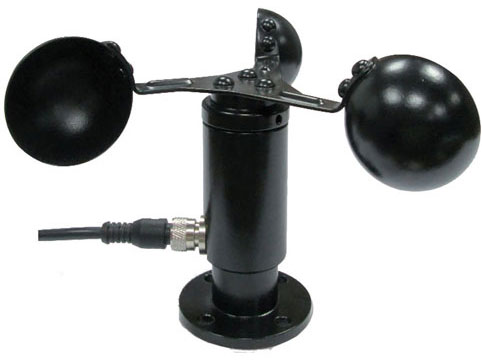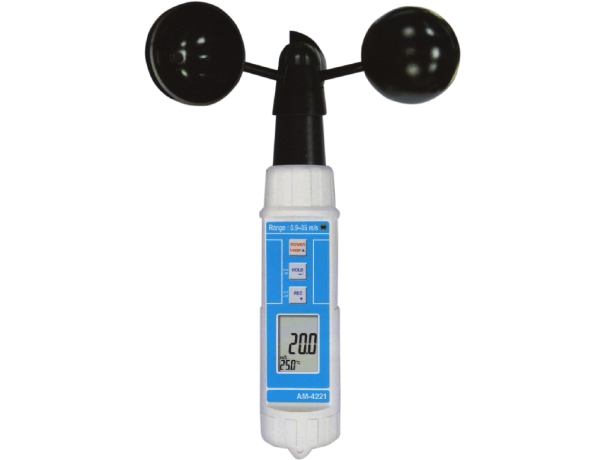An anemometer is a tool used to measure the velocity and direction of the wind. It can be used in a wide range of applications, from scientific research to weather forecasting. The word "anemometer" comes from the Greek word "anemos," which means wind, and "meter," which means measure.
History of Anemometers
The first anemometer was invented in the 15th century by the Italian artist and inventor Leon Battista Alberti. It was a simple device that used a rotating wheel to measure wind speed. Later, in the 19th century, various types of anemometers were developed, such as the cup, vane, and propeller anemometers. Today, anemometers are used in various industries and fields, and they have become an essential tool for measuring wind speed and direction.

Types of Anemometers
There are several types of Anemometers, each with its advantages and disadvantages. The most common types are:
Cup anemometers consist of three or four cups that are mounted on a horizontal axis. As the wind blows, the cups rotate, and the speed is measured by counting the number of revolutions per minute. This type of anemometer is easy to use and provides accurate readings, even in strong winds.
Vane anemometers use a vertical shaft with a propeller at the top that rotates as the wind blows. The speed and direction of the wind are measured by the angle of the shaft. Vane anemometers are useful for measuring wind direction, but they can be affected by turbulence and require careful positioning.
Hot-Wire Anemometers
Hot-wire anemometers use a fine wire that is heated by an electric current. As the wire cools down due to the wind's cooling effect, the resistance changes, and the wind speed is measured. This type of anemometer is highly accurate but requires careful calibration and can be affected by temperature changes.

How to Use an Anemometer
Using an anemometer is easy, but it requires some basic knowledge and skills. Here are some steps to follow:
- Choose the right type of anemometer for your needs and conditions.
- Position the anemometer in an open and unobstructed area.
- Make sure the anemometer is level and stable.
- Check the battery level or power source.
- Turn on the anemometer and wait for it to calibrate and stabilize.
- Hold the anemometer up to the wind and wait for the reading to stabilize.
- Record the wind speed and direction, and note any changes or trends.
Advantages of Anemometer
Anemometers have several advantages that make them a useful tool for measuring wind speed and direction. Some of the key advantages include:
Accuracy: Anemometers are highly accurate and provide precise readings of wind speed and direction. This can be useful in various applications, such as weather forecasting, aviation, and sports.
Versatility: It is come in various types and sizes, making them suitable for different needs and conditions. Cup anemometers are useful for measuring wind speed, while vane anemometers are good for measuring wind direction. Hot-wire anemometers are highly accurate but require careful calibration.
Portability: Most of them are small, lightweight, and easy to carry, making them convenient for field use or outdoor activities. Some anemometers are handheld, while others can be mounted on a tripod or pole.
Durability: Anemometers are built to withstand harsh weather conditions, such as wind, rain, and snow. They are usually made of sturdy materials, such as aluminum or stainless steel, and have a long lifespan.
Real-time data: It can provide real-time data on wind speed and direction, allowing for quick and informed decisions. This can be especially important in industries such as aviation or renewable energy, where wind conditions can have a significant impact.